Equipment
GolfWRX Archives: Economics of an independent club builder
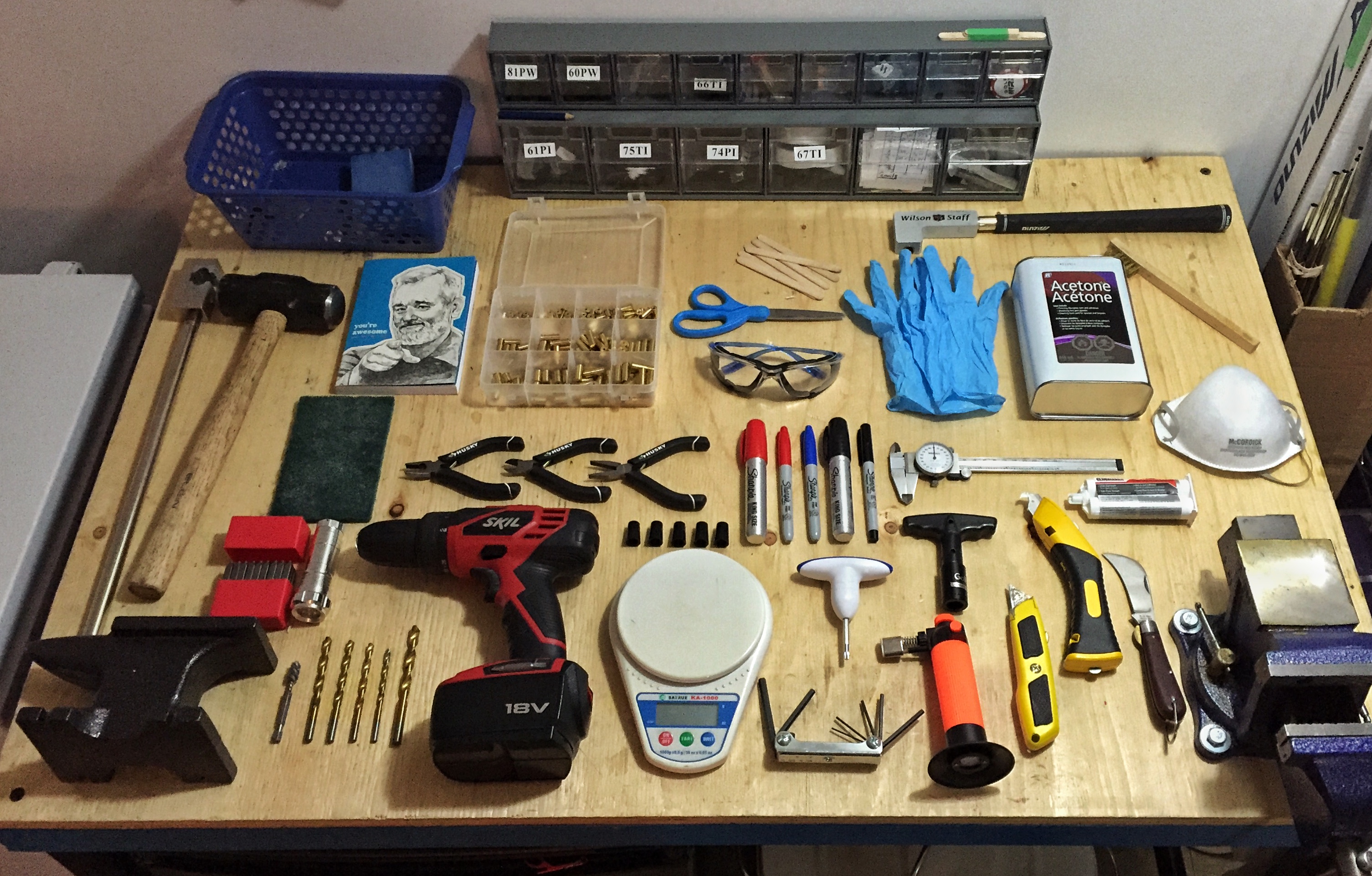
The golf season is slowly gearing up, and the next step many are taking is getting their clubs tuned up and dialed in. Whether it be new grips, lie and loft checks, or getting into the nitty-gritty details of a launch monitor gapping session, it’s a mad rush to be ready for the first tee shot.
With so much of this work being done by smaller companies or local club builders, I wanted to revisit a piece I wrote around this time last year that showcases the economics that smaller shops face since a large part of the discussion often revolves around price.
The Economics of an Independent Club Builder
I build clubs, not a ton, but for a one-person operation, I keep very busy during the season. I work on clubs for people locally, help a couple of the local golf courses get work done quickly for members, and I do a lot of my own tinkering (which I acknowledge is akin to if Walter White was also his own biggest customer).
What I have noticed over the last few years when talking to, or reading about, golfers inquiring about having work done, is the great discussion and sometimes misinformation about the cost associated with club work. From high-end custom club fitting, to just a simple repair or grip change, there’s a lot of confusion. This is a constant topic here on GolfWRX with many of the same replies being summarized by
“No way a (insert club or repair job) should cost that much! It’s an easy thing to do with a torch, a vice and some epoxy.”
I’m not saying building clubs isn’t relatively simple, heck it’s my goal to try and teach people how to do it and better understand it, but when it comes to doing things right and making sure the specs are just as they should be, well that’s an entirely different story.
To properly equip a shop with all the tools required to take on any club building task aside from grinding wedges and milling putters, the cost is roughly $5,000 for proper top-of-the-line gear including safety equipment — not an over-the-top investment, but something that is mostly beyond the average hobbyist. I’m lucky in that I’ve never relied on building clubs (as an independent builder) as my only source of income and slowly built up my vast collection of tools, some of which I’ve had for over 15 years.
My argument for the cost of any repair is quite simple: The club builder needs to be able to make a reasonable profit (not a bad word) based on the time associated with completing the task, which is essentially the MO for any individual or business.
I compare it to getting an oil change: Do I know how to do it? Yes. Do I have the ability to get all the required tools? Yes. Does it take a relatively short amount of time to do it by a trained professional? Yes. Do I want to get under my car to do it? Absolutely not!
Same can be applied for the building of a set either from scratch or with previously used parts (which is WAY worse and actually takes longer by the way) pulling and gluing steel taper tip golf shafts isn’t really a big deal but here are the things many people fail to consider
- Getting head weights right to make sure swing weight, or in some cases MOI, match the desired spec.
- Cutting to the exact length and potentially accounting for grip cap length
- Having on hand the proper tools do the prep work including disposables like sanding belts, buffing pads etc.
- Stocking ferrules in a variety of sizes for different clubs
- Epoxy – making sure to have relatively “fresh” quality stuff on hand — a single tube of 3M can run over $25 alone
- Grip tape
- Solvent, and catch tray or actual gripping station
- Final lie loft – making sure to leave as few marks as possible
Let’s consider one of the most common repairs: a broken wedge shaft (I don’t ask questions about how things get broken)
For a small shop that might not carry a lot (if any) shaft inventory, something as common as a True Temper Dynamic Gold is $24 from a supplier like GolfWorks, add on a single grip, say, Golf Pride Tour Velvet ($5), you’re almost at $30 COST. Now, if we consider that there is potential for a 15 percent savings if the shop gets a “dealer” discount, we’re still looking at just under $25 before tax. You add shipping onto that and time, it’s understandable that this is going to be at least a $50 repair.
Yes, you can get new previous model wedges for around $100, but they have the opportunity to buy at HUGE volume as an OEM, that’s the difference. Small shops need to be able to cover costs and make a small profit to exist. Prices might seem high compared to buying a new full club as a single unit, but you are truly supporting a small business.
- LIKE34
- LEGIT7
- WOW0
- LOL1
- IDHT0
- FLOP0
- OB0
- SHANK1
Whats in the Bag
Richy Werenski WITB 2024 (May)
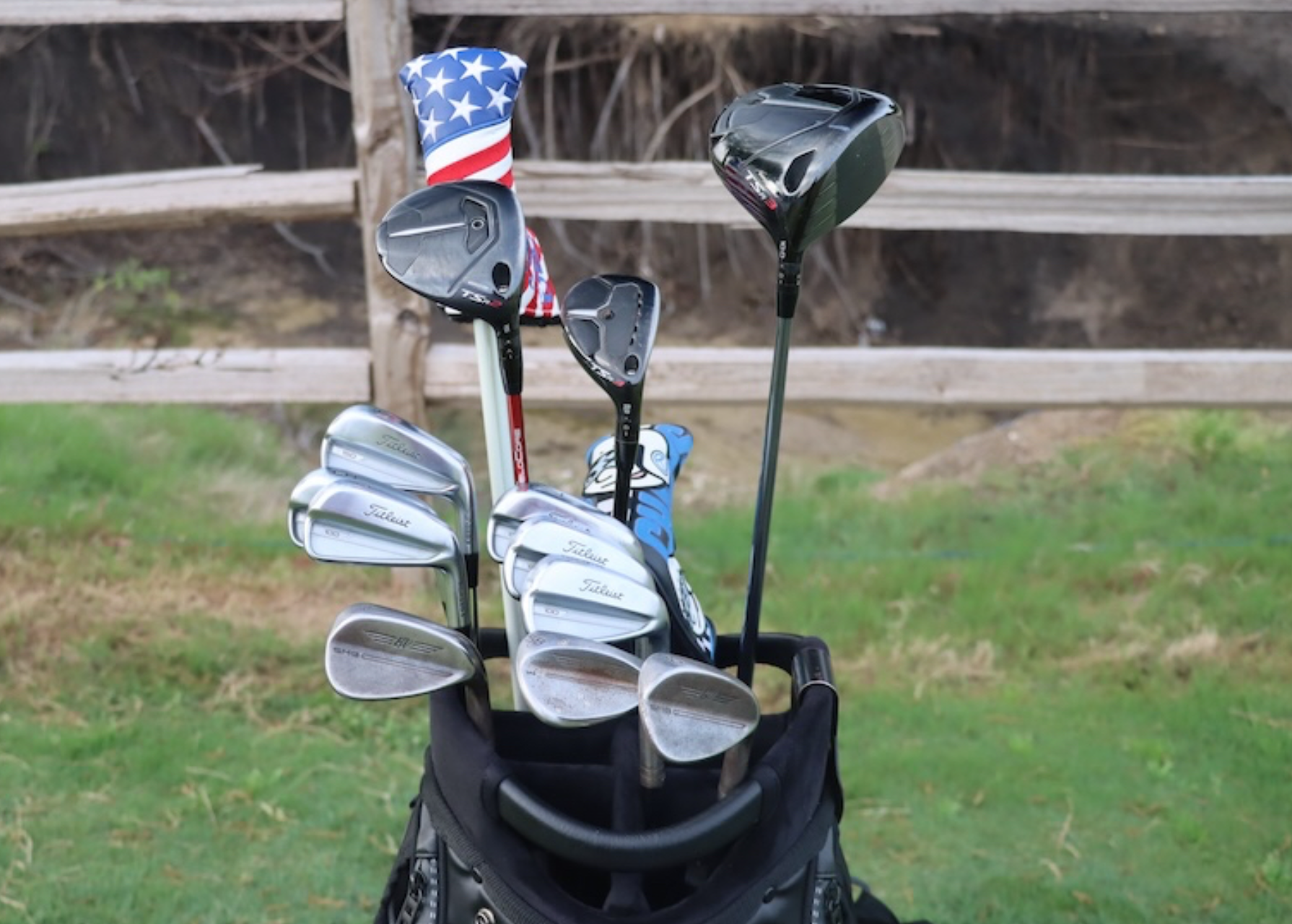
- Richy Werenski what’s in the bag accurate as of the CJ Cup Houston Open.
Driver: Titleist TSR3 (10 degrees, D1 SureFit setting)
Shaft: Mitsubishi Diamana PD 60 TX
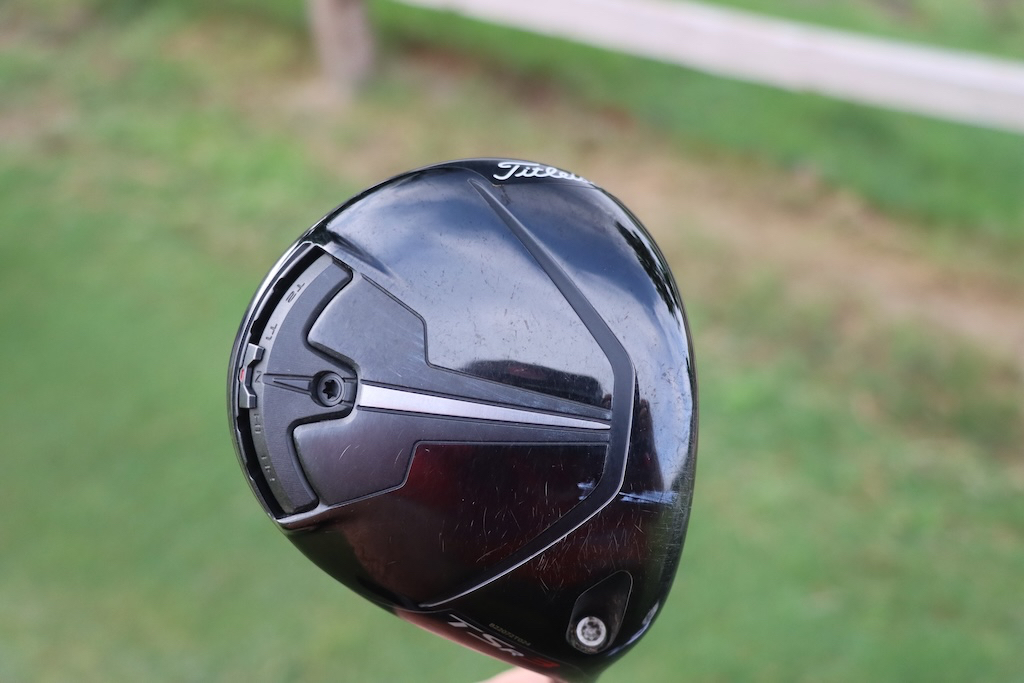
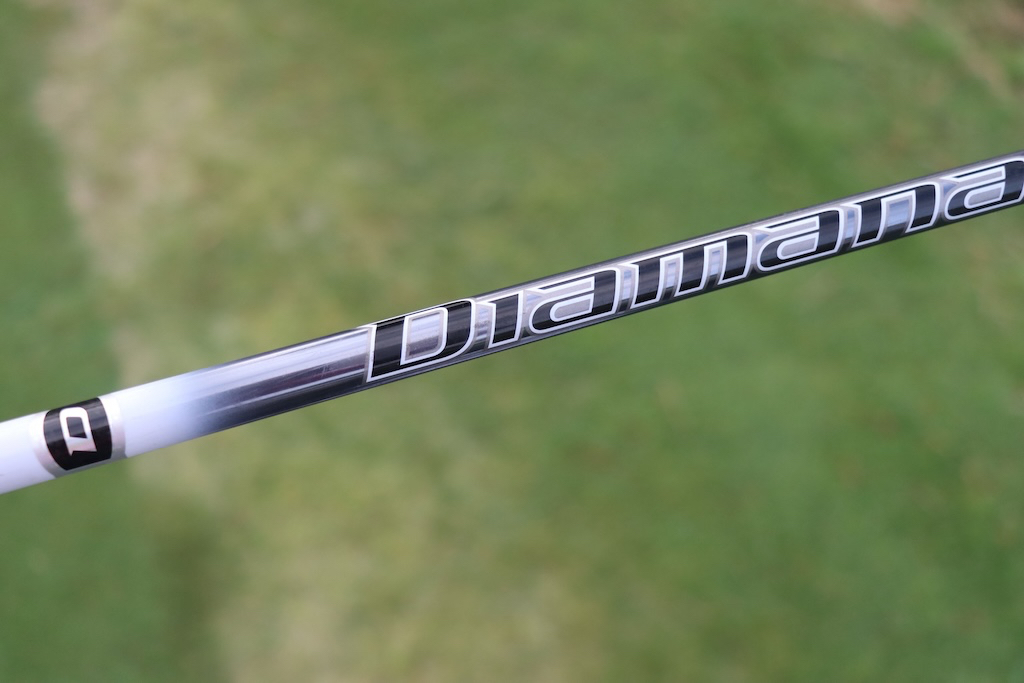
3-wood: Titleist TSR2 (15 degrees, A1 SureFit setting)
Shaft: Fujikura Ventus Red 8 X
Hybrid: Titleist TSR3 (19 degrees, D1 SureFit setting)
Shaft: Mitsubishi Tensei CK Pro White Hybrid 90 TX
Irons: Titleist T100 (4-9)
Shafts: Nippon N.S. Pro Modus3 Tour 105 S
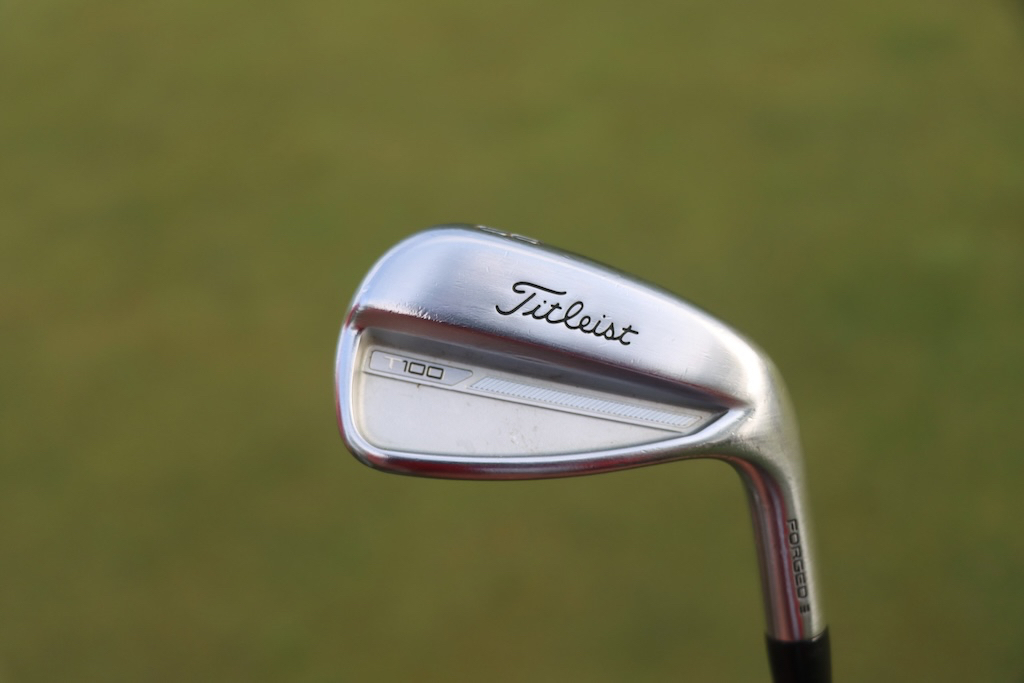
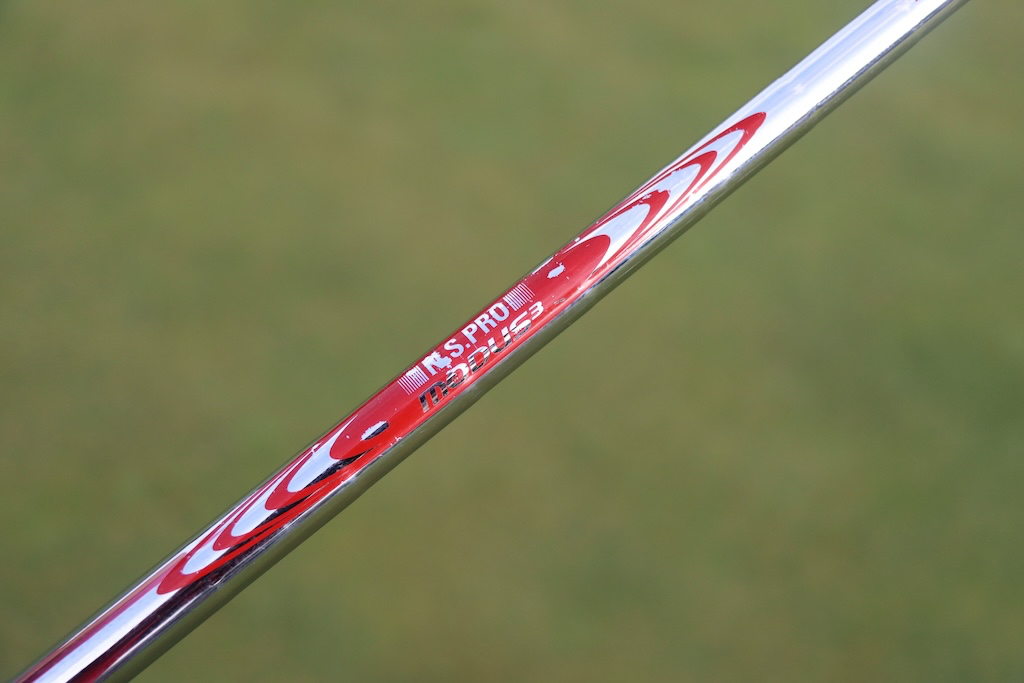
Wedges: Titleist Vokey Design SM9 (46-10F, 50-12F), Titleist Vokey Design WedgeWorks Proto (54-M, 58-L @60)
Shafts: True Temper Dynamic Gold Tour Issue X100 Onyx (46-50), True Temper Dynamic Gold Tour Issue S400 Onyx (54-60)
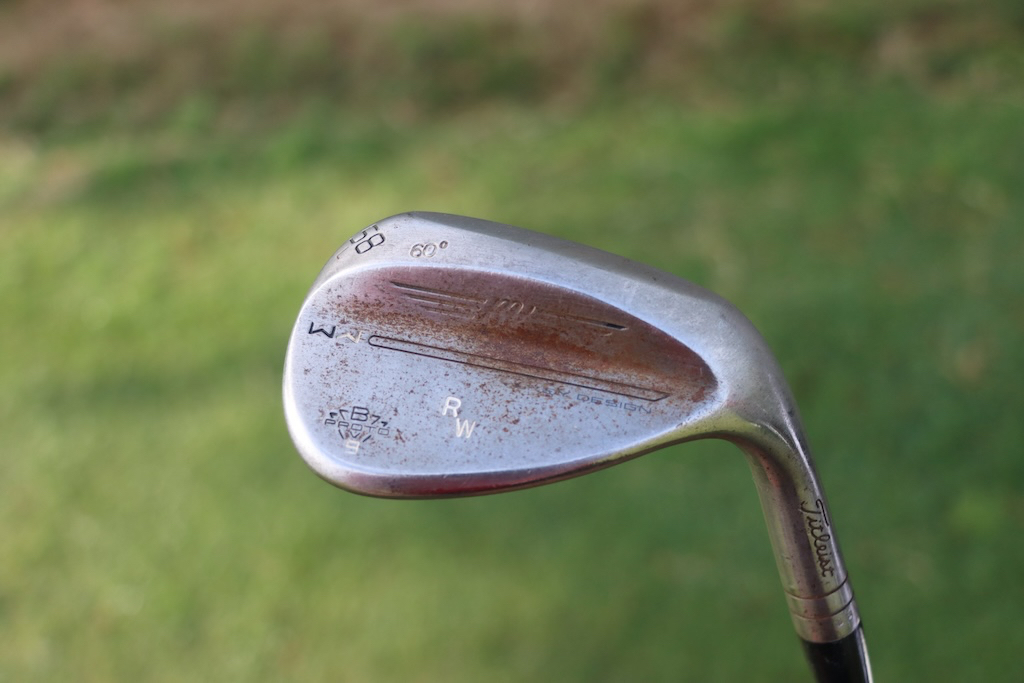
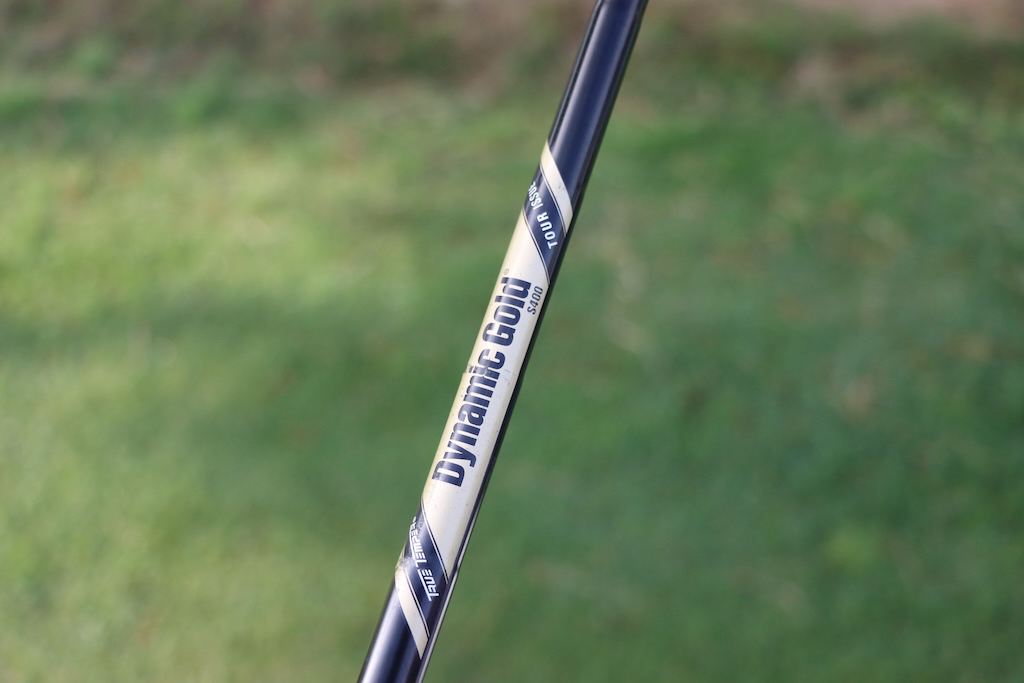
Putter: Scotty Cameron prototype
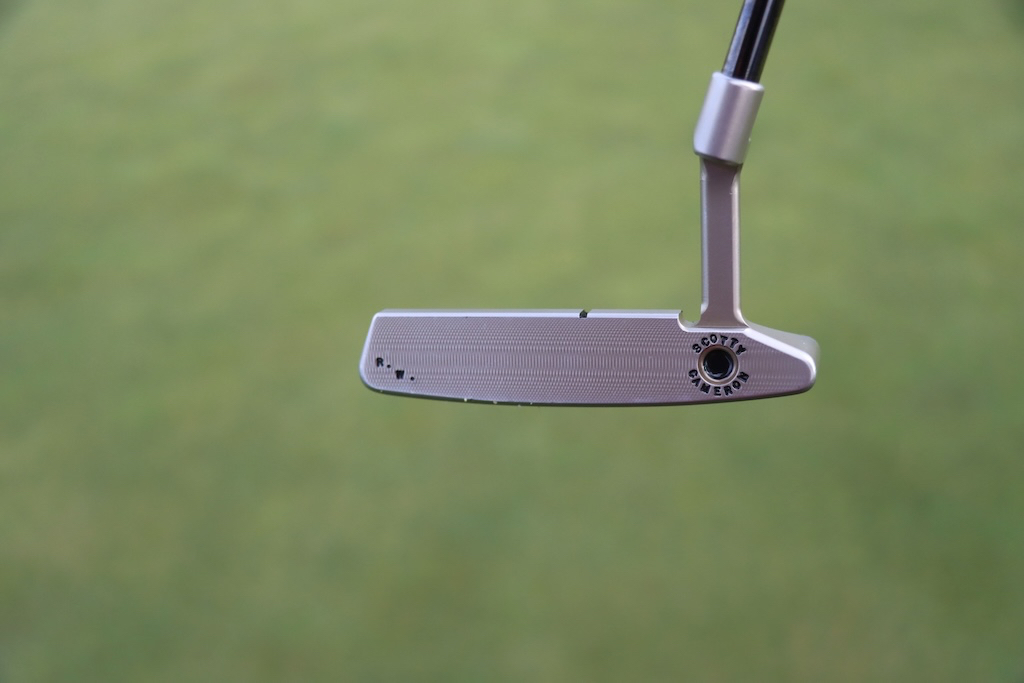
Ball: Titleist Pro V1x Left Dash
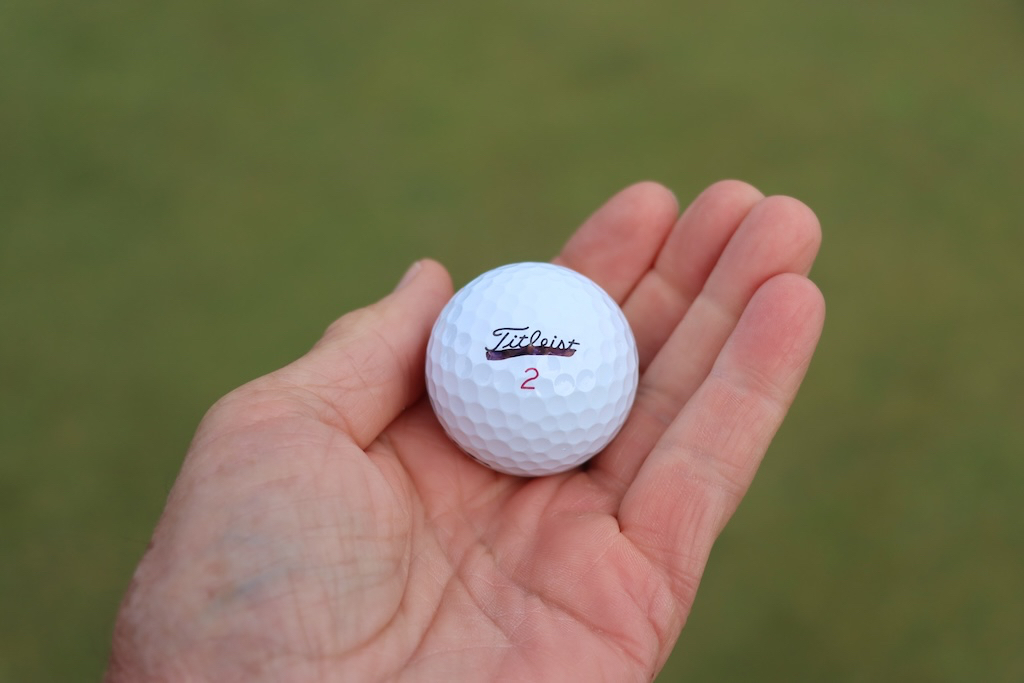
Grips: Golf Pride ZGrip Cord
Check out more in-hand photos of Richy Werenski’s clubs in the forums.
- LIKE0
- LEGIT0
- WOW0
- LOL0
- IDHT0
- FLOP0
- OB0
- SHANK0
Equipment
Adam Scott testing green “Masters Use Only” putter + 6 interesting equipment photos from the 2024 CJ Cup Byron Nelson
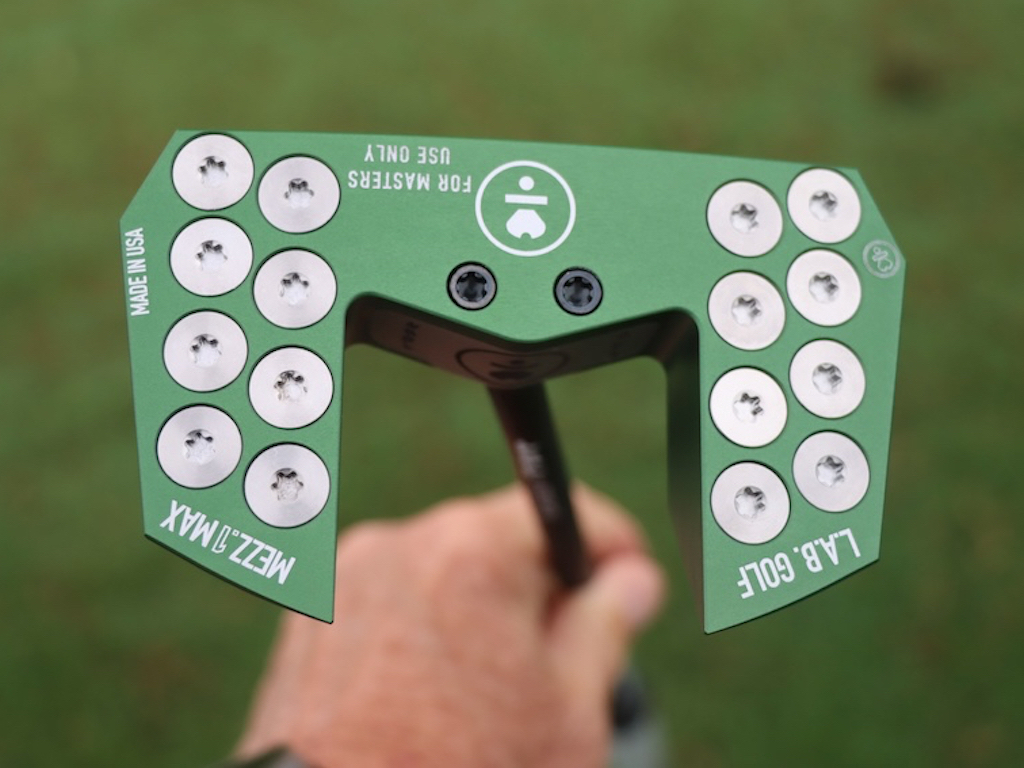
Welcome to the 2024 CJ Cup Byron Nelson event at TPC Craig Ranch in McKinney, Texas, which, for your geographical reference, is about 25 minutes from Dallas.
In early-week equipment news, we saw some interesting putter testing from Adam Scott, a Maxfli golf ball signing on the PGA Tour, a 16-year-old’s WITB, a PGA Tour player using another PGA Tour player’s backup putter, and Jordan Spieth weighed in on why he recently switched out just his 7-iron (and then made a hole-in-one with it).
With so much to report and so little time to waste on the intro, let’s get right into this week’s equipment rundown from the CJ Cup Byron Nelson.
See all of our photo galleries from the week here
Adam Scott’s new L.A.B. putters
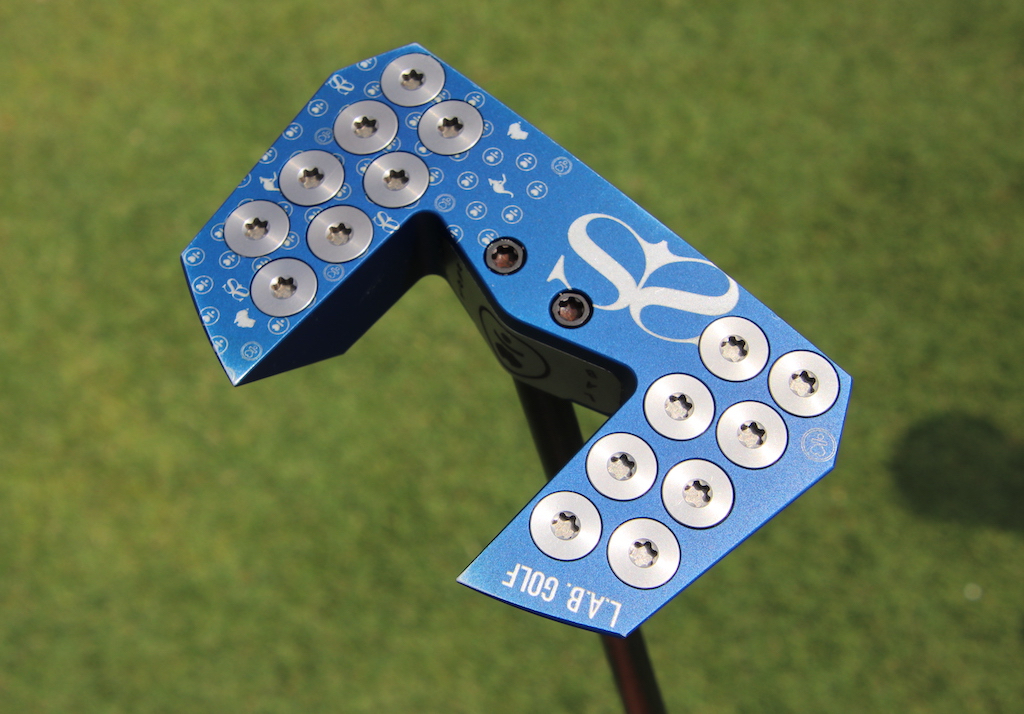
Before we get into a couple of the new prototypes Scott has been testing, above is a photo of the L.A.B. Golf Mezz.1 Max prototype putter that he’s been using, and will likely continue to use this week in Texas.
That being said, following the Masters, Scott was looking to try a couple putters with a slightly lighter weight to help with his feel on fast greens.
One of the new prototypes we spotted on Tuesday was a L.A.B. Golf DF3 “Proto 2.1”, custom-built with Scott’s preferred blue colorway, and an Australia-inspired Kangaroo laser engraving…
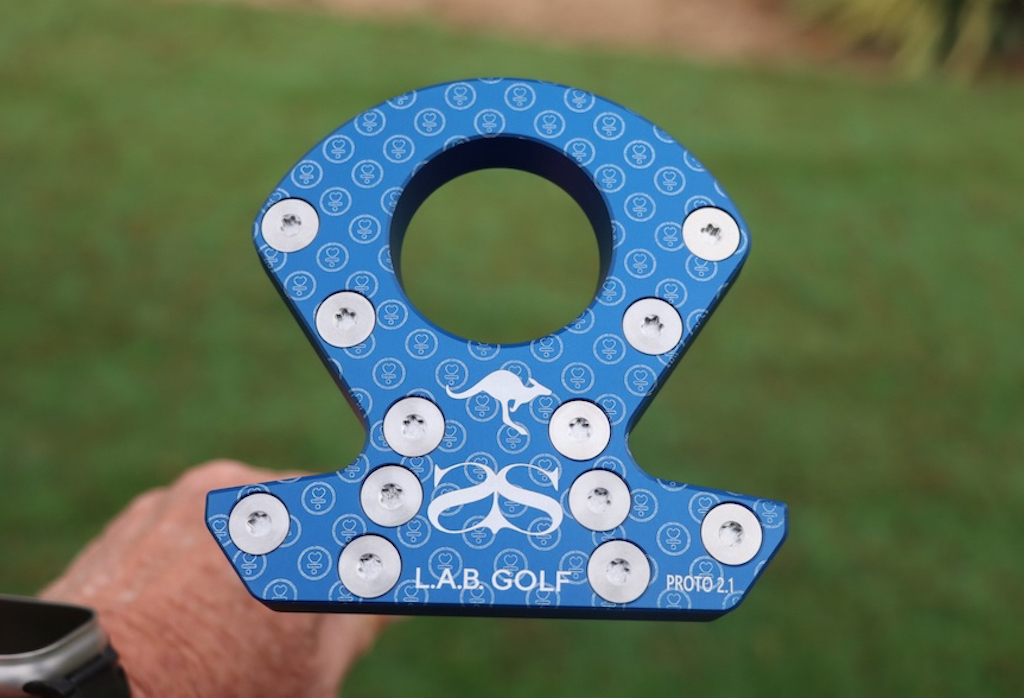
We also spotted him with a green-colored “For Masters Use Only” Mezz.1 Max prototype…

While it’s unlikely Scott will make a switch this week, it’s certainly something to keep an eye on going forward, especially on courses with faster greens.
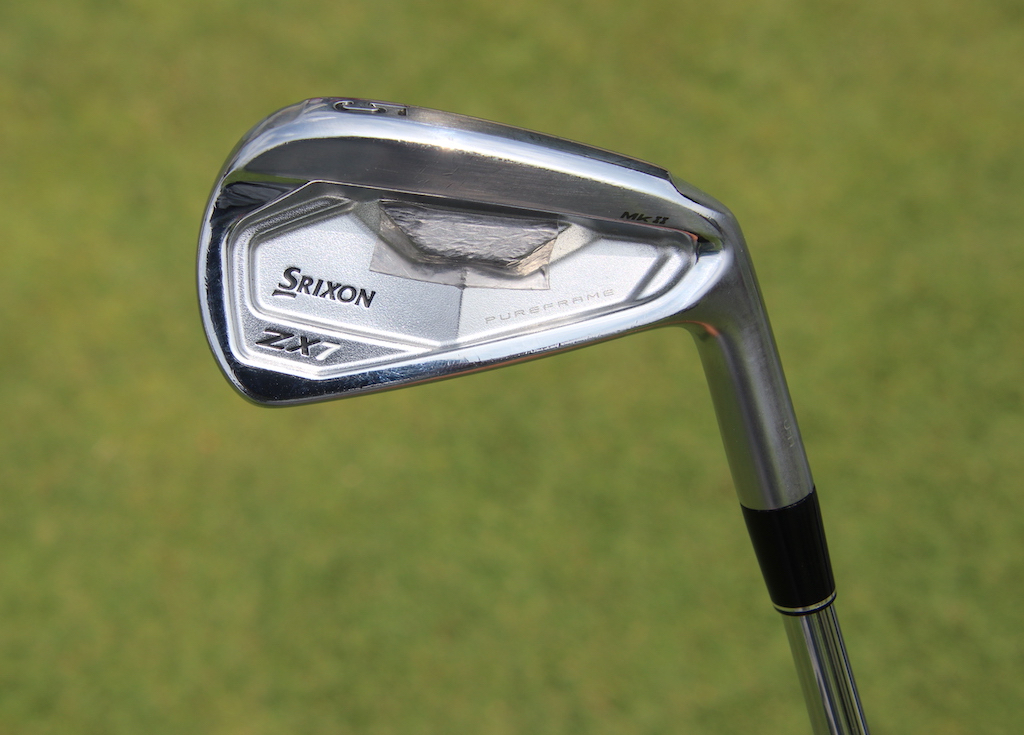
We also got a peek into Scott’s full WITB this week, which consists of a super-mixed set of Srixon irons, including a ZX Utility 3-iron, a ZX-5 MkII 4-iron, ZX-7 MkII mid-irons (5-7) and Z Forged II short irons (8-9).
See Scott’s full WITB from the CJ Cup here
An update on Daniel Berger’s Odyssey Jailbird
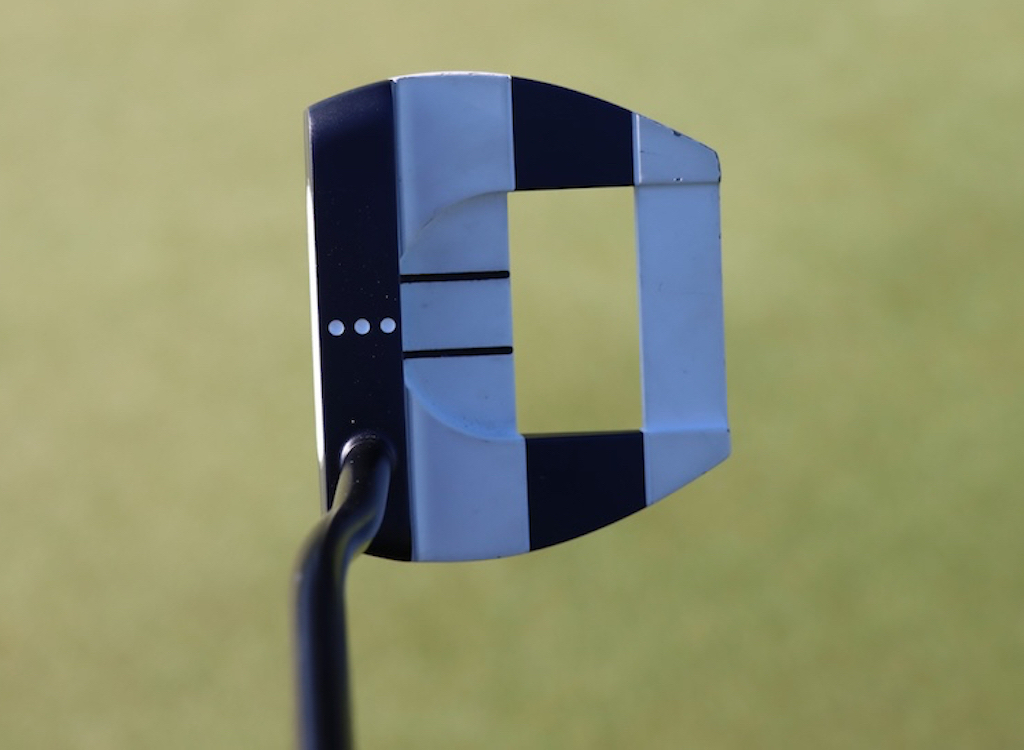
Last week in New Orleans, we highlighted Daniel Berger’s Ai-One Jailbird Mini putter because of its unique sightlines.
Well, we have an update.
According to Callaway Tour Manager Joe Toulon, who spoke with GolfWRX.com this week, Berger’s Jailbird Mini is actually from fellow Tour player Tom Kim’s stash. Kim is a prolific putter tester, and the exact putter Berger is currently using was actually originally made for and tested by Kim. The putter didn’t make it into Kim’s starting lineup, however, so he gave the putter back to Odyssey, and it eventually made it’s way onto Berger’s gamer roster.
Jordan Spieth’s new 7-iron
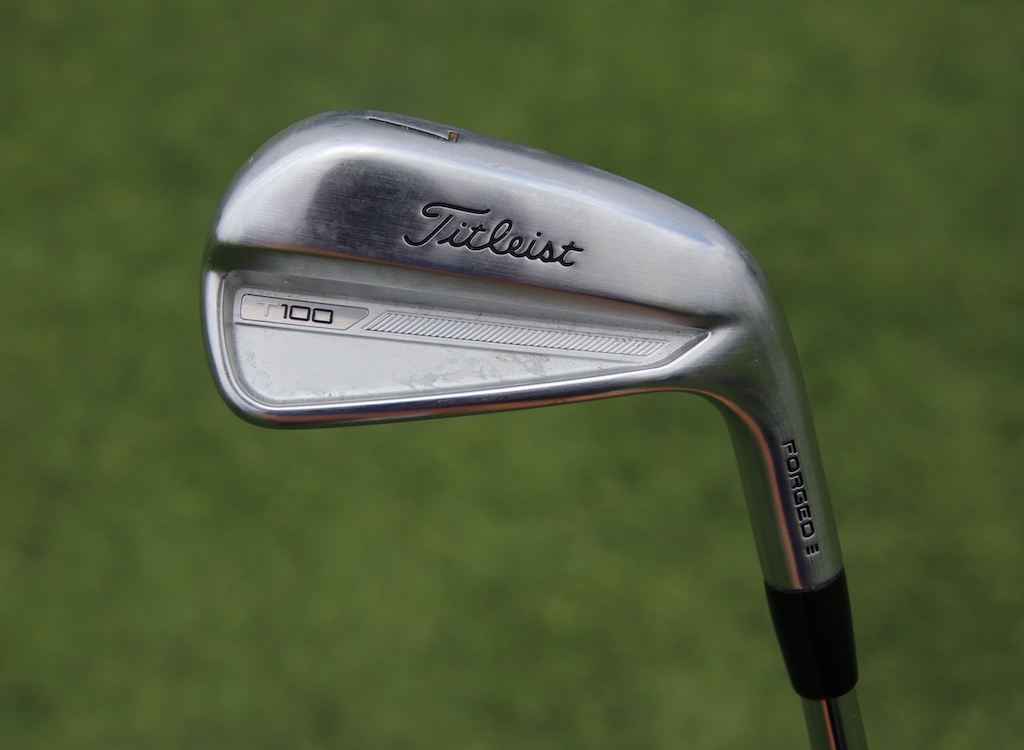
As the story goes, Jordan Spieth changed out his Titleist T100 7-iron on Wednesday before the 2024 Valero Texas Open, and then on Thursday, he used the 7-iron to make a hole-in-one from 199 yards on the 16th hole.
Good timing on that switch, Jordan.
On Tuesday at the 2024 CJ Cup Byron Nelson, GoflWRX.com caught up with Spieth to get the full story on why he switched just the 7-iron.
Our full story is over on PGATOUR.com’s Equipment Report, but here’s a snippet of what Spieth had to say:
“I hit my 7-iron a lot, especially on my own. The spin rates, relative to my 6-iron and my 8-iron, were lower, so it was going too far. I was trying to figure out why, if it was something in the makeup of the iron. I got the lies and the lofts checked, and everything was fine. So finally I was like, ‘Can I just get a new one and see if it fixes it?’
“Maybe there was one other time throughout my career where I changed just one iron, so it’s very unusual. I think it’s just because the grooves were worn down from hitting it too much.”
Ben Griffin signs with Maxfli to play the golf ball
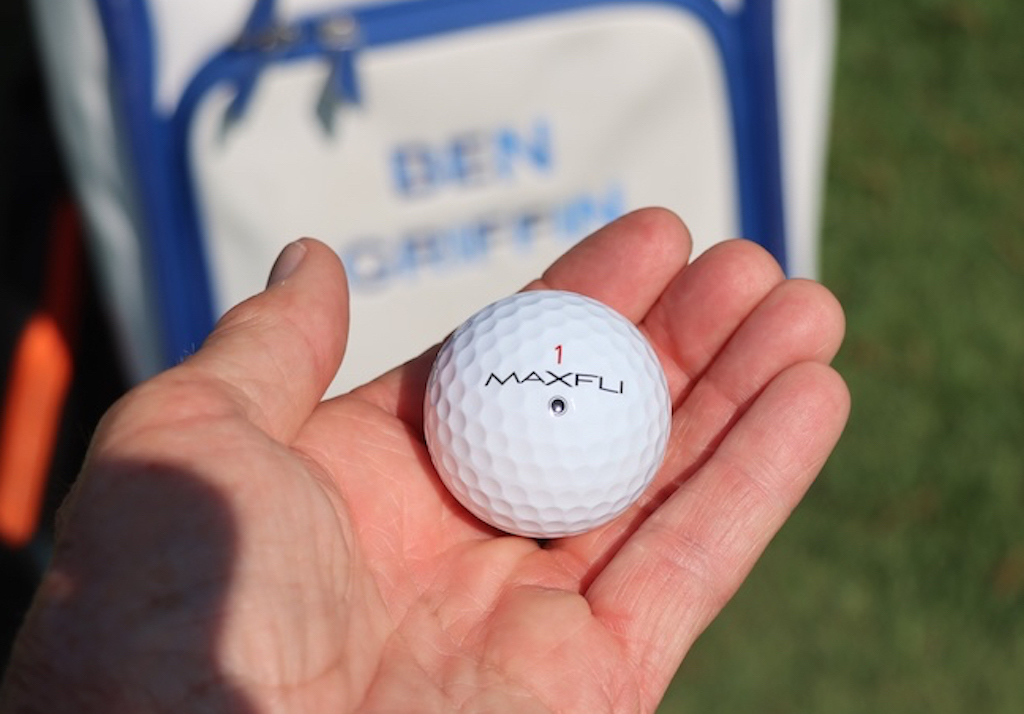
At the beginning of the year, LPGA Tour star Lexi Thompson signed a deal with Maxfli to play the company’s golf ball, and now, Griffin has officially joined team Maxfli, as well, thus expanding the company’s Tour presence.
GolfWRX.com caught up with Griffin on Wednesday in Texas for a video interview about his new golf ball of choice, and how he marks it…
View this post on Instagram
A 16-year-old is playing on the PGA Tour this week, using a 2-iron!
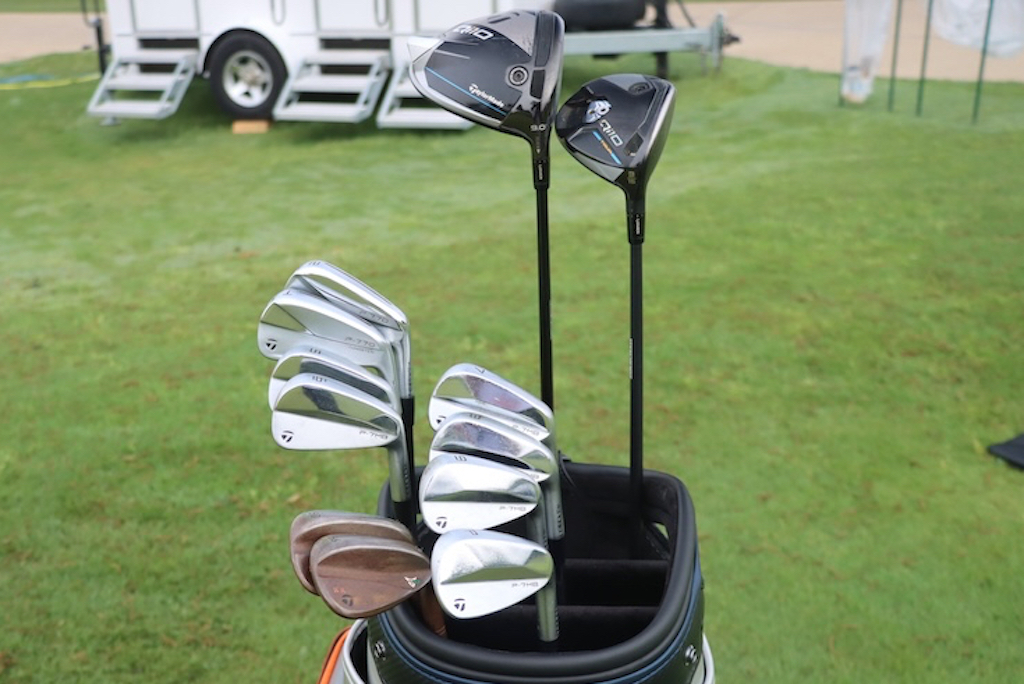
Amateur golfer Kris Kim, at just 16 years of age, is making his PGA Tour debut this week after receiving a sponsors exemption into the event. In 2023, Kim won both the R&A Boys’ Amateur Championship and the European Boys’ International Championship.
On Tuesday in Texas, we got a look into Kim’s bag, which revealed that he’s currently playing a TaylorMade P-770 2-iron, and a bag full of TaylorMade clubs.
Check out Kim’s full WITB here
A smart golf ball stamping
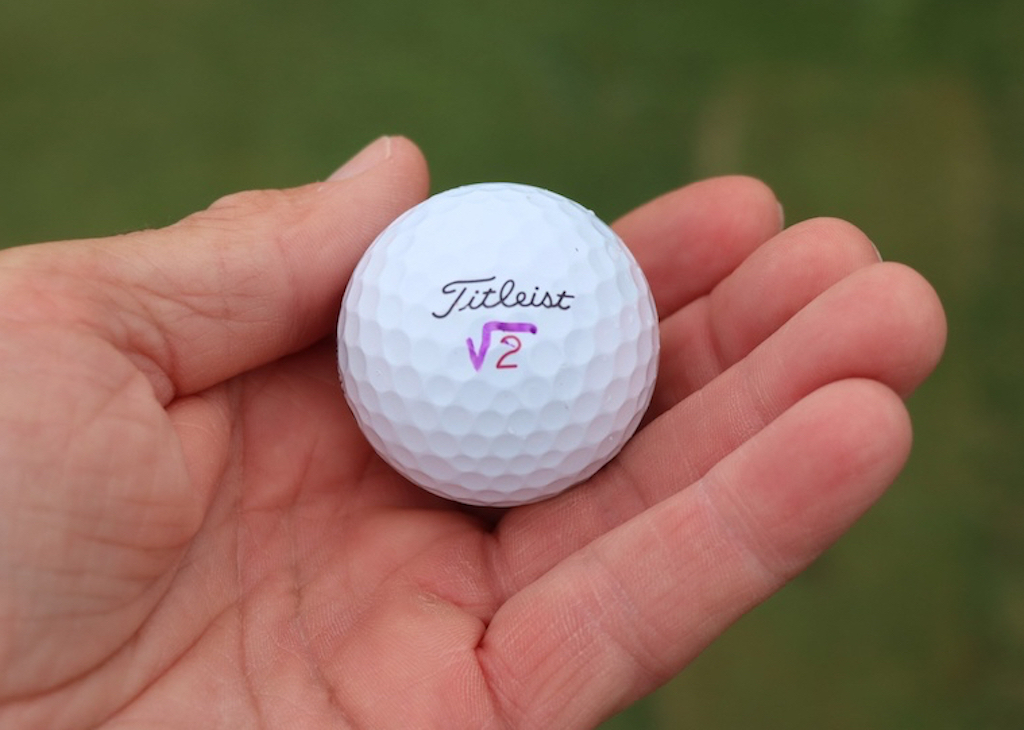
I’m not going to sit here and pretend to be a big math guy, because I’m not. However, I do recognize David Nyfjall’s purple ball marking as a square root symbol.
While I don’t know the particular significance of the square root symbol for Nyfjall, I do know you have to be fairly intelligent to even consider using a marking like that. Pretty cool stuff from the Northwestern alum, and 2023 Byron Nelson Award winner.
And, with that, we say goodbye to Texas and TPC Craig Ranch. We’ll see you next week at the Wells Fargo Championship in Charlotte for more insider equipment news and storylines.
For now, don’t forget to check out all of our photos from the 2024 CJ Cup Byron Nelson
- LIKE0
- LEGIT0
- WOW0
- LOL0
- IDHT0
- FLOP0
- OB0
- SHANK0
Whats in the Bag
Wesley Bryan WITB 2024 (May)
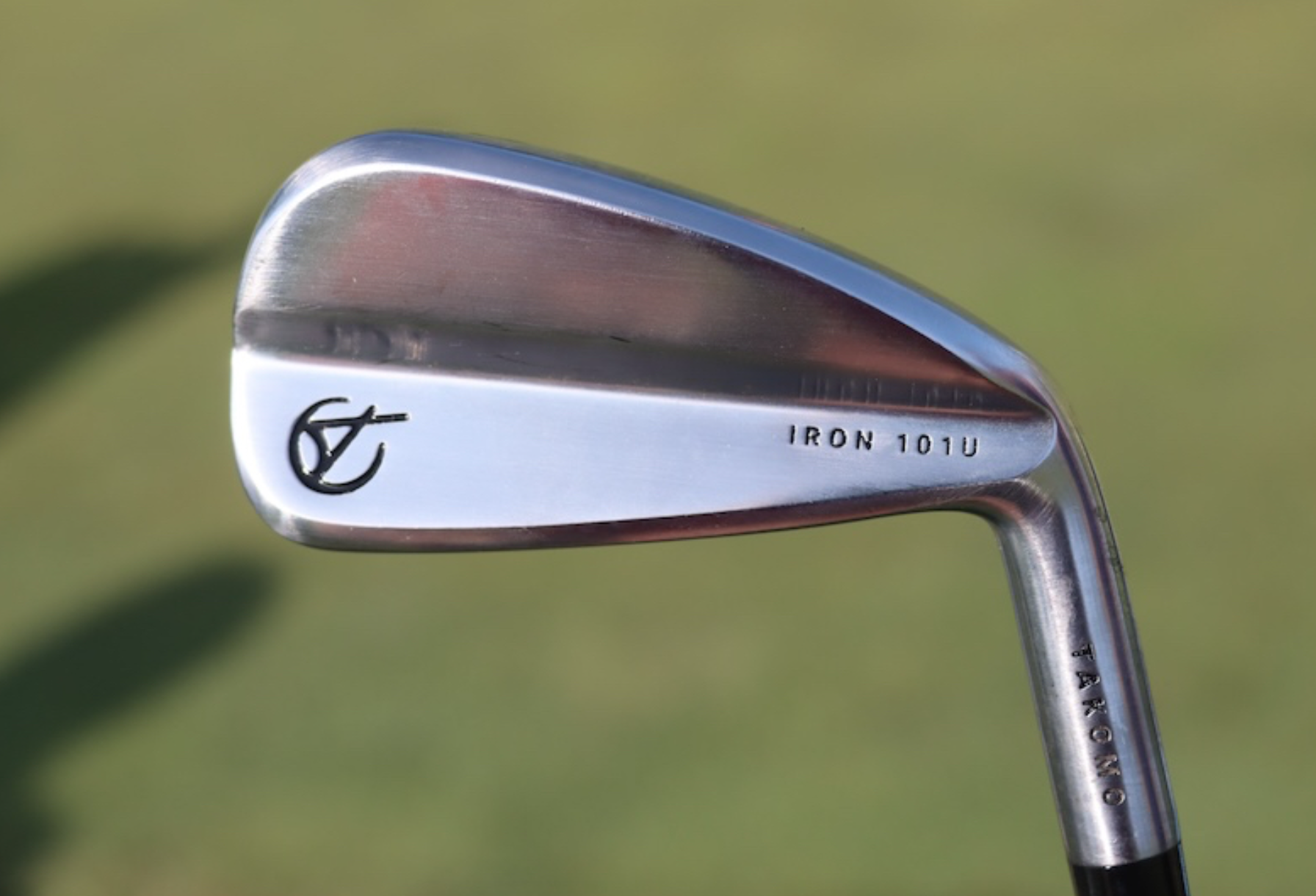
- Wesley Bryan what’s in the bag accurate as of the CJ Cup Byron Nelson.
Driver: Callaway Paradym Ai Smoke Triple Diamond Max (9 degrees @10)
Shaft: Mitsubishi Diamana GT 50 TX
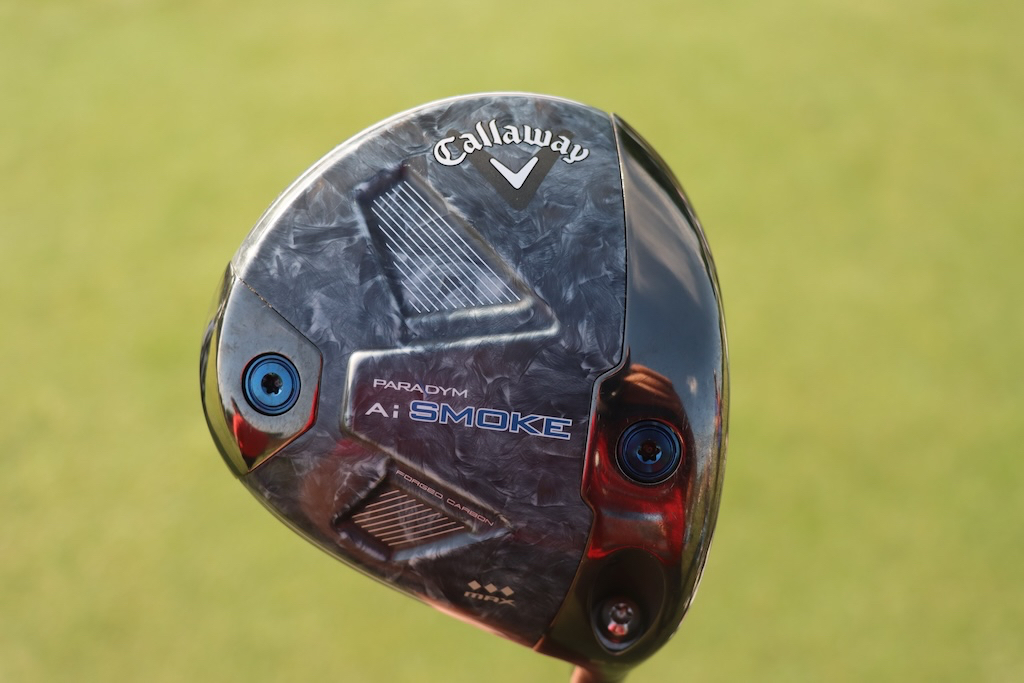
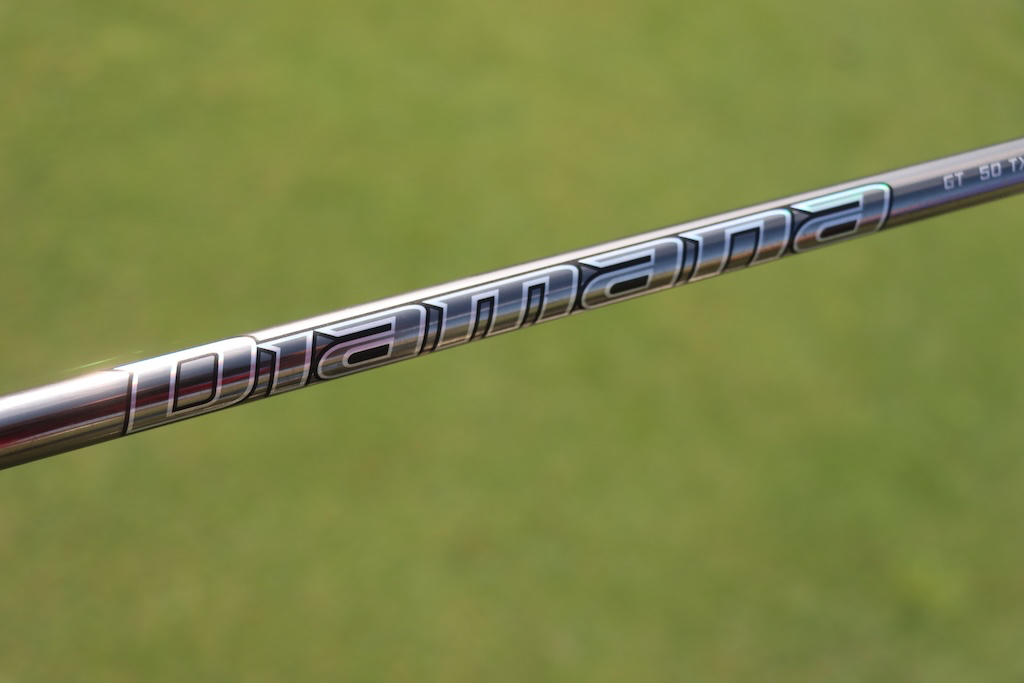
3-wood: TaylorMade Stealth Plus (15 degrees)
Shaft: Mitsubishi Diamana GT 60 X
Hybrid: TaylorMade Stealth 2 Plus Rescue (19.5 degrees)
Shaft: Fujikura Ventus HB Blue 8 X
Irons: Titleist T200 (4), Takomo 101U (4), Takomo 101T (5), Takomo 301 CB (6-9)
Shafts: True Temper Dynamic Gold Tour Issue X100
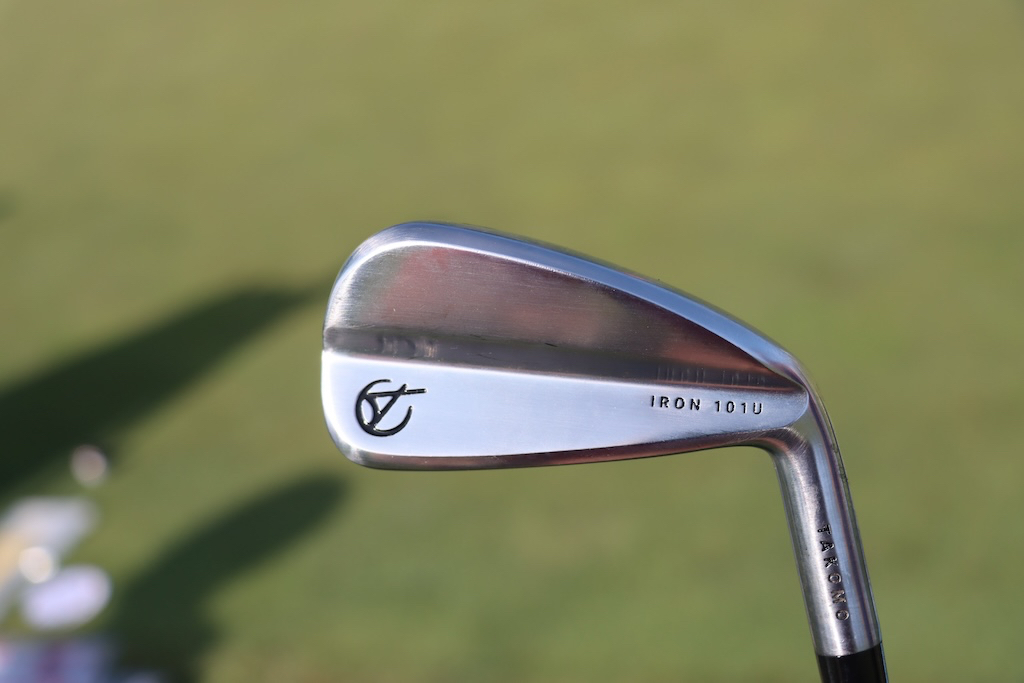
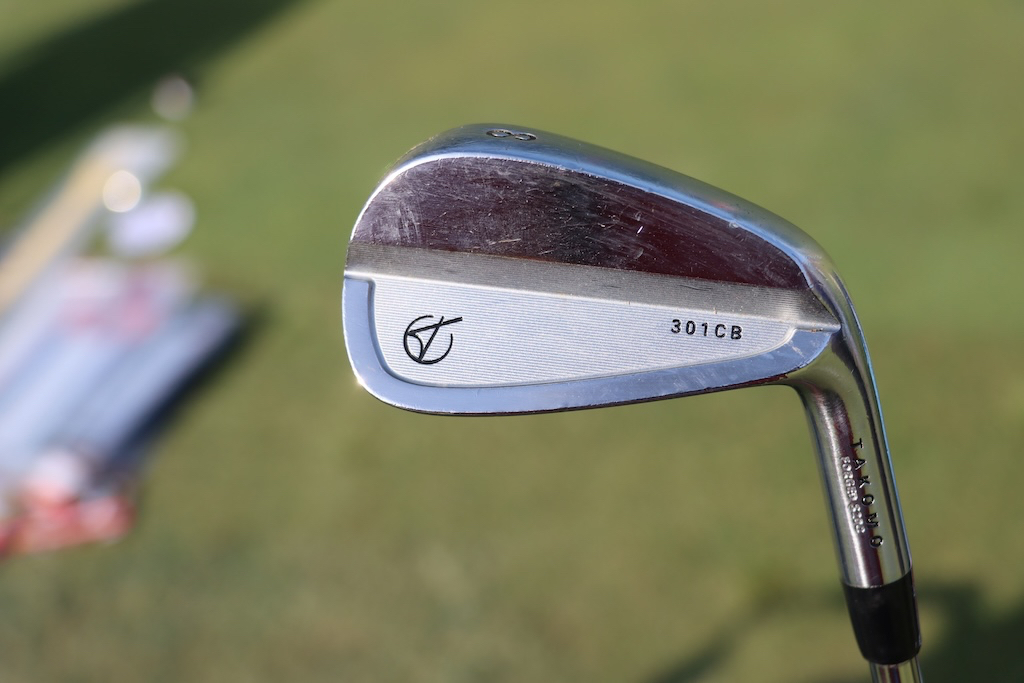
Wedges: Titleist Vokey Design SM10 (46-10F, 52-08F, 56-14F), Titleist Vokey Design WedgeWorks Proto (58-A)
Shafts: True Temper Dynamic Gold Tour Issue S400
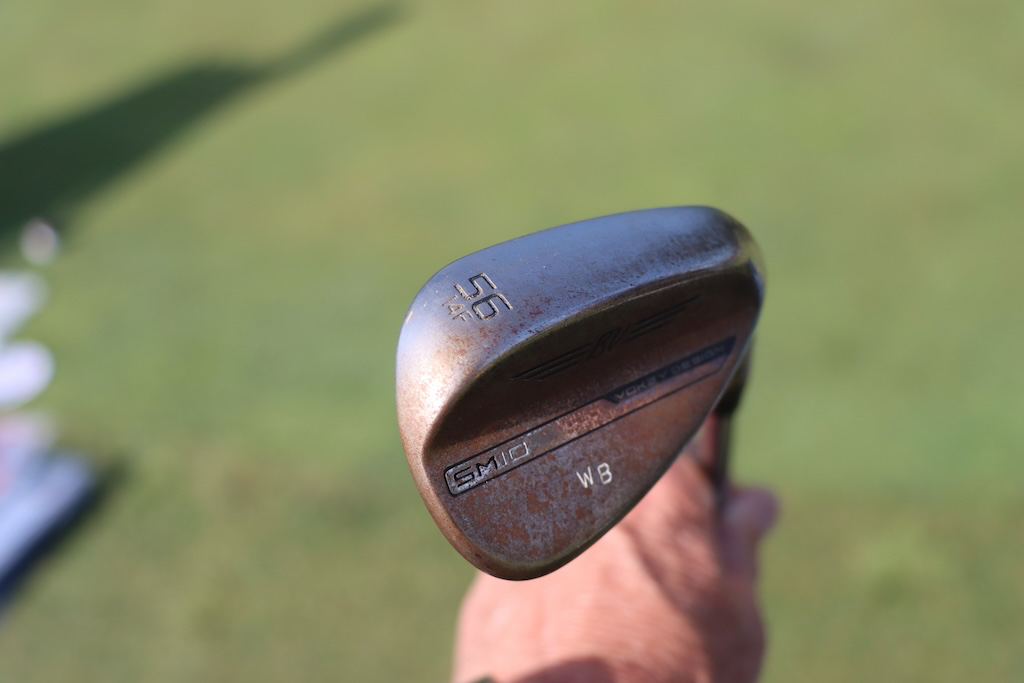
Putter: L.A.B. Golf DF3
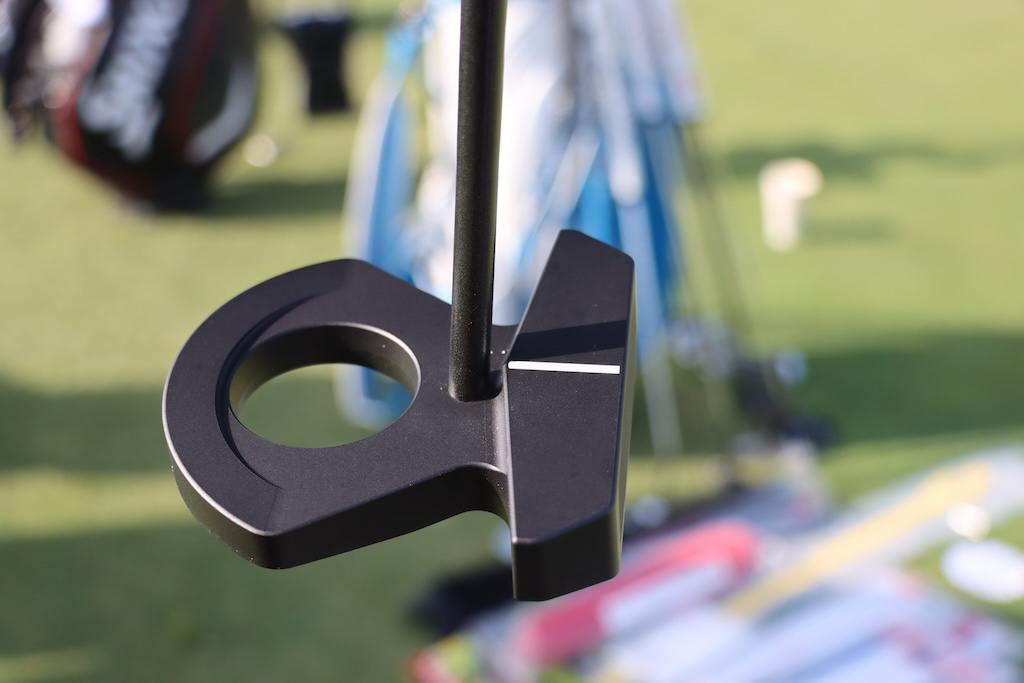
Grips: SuperStroke, Golf Pride Tour Velvet
Ball: Titleist Pro V1x
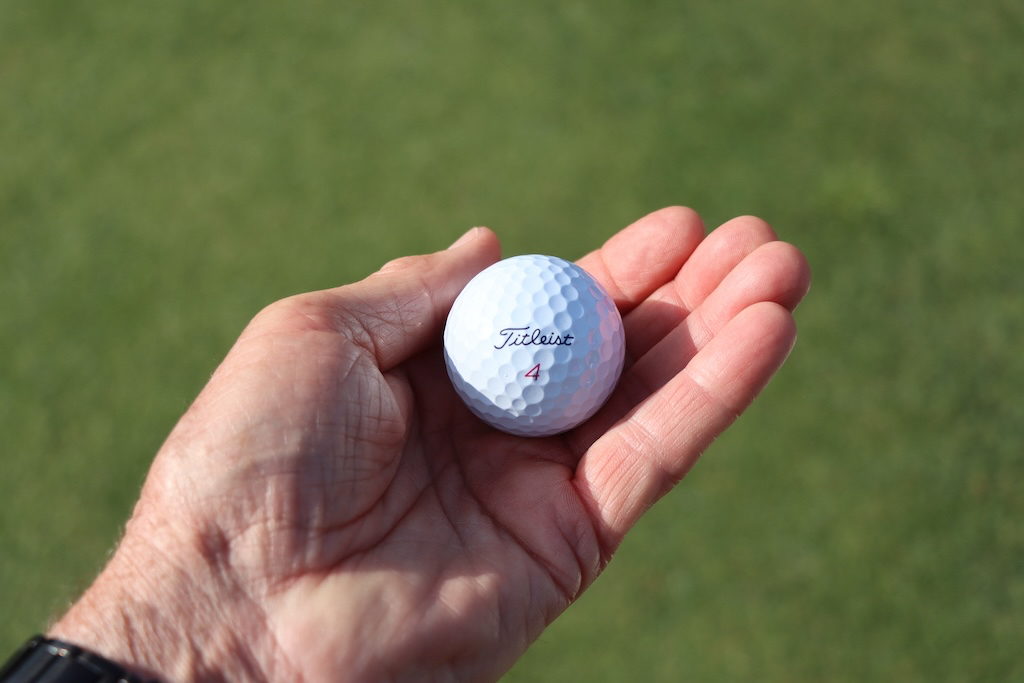
More photos of Wesley Bryan’s WITB in the forums.
- LIKE3
- LEGIT1
- WOW1
- LOL0
- IDHT0
- FLOP0
- OB0
- SHANK0
-

 19th Hole1 week ago
19th Hole1 week agoJustin Thomas on the equipment choice of Scottie Scheffler that he thinks is ‘weird’
-

 19th Hole1 week ago
19th Hole1 week ago‘Absolutely crazy’ – Major champ lays into Patrick Cantlay over his decision on final hole of RBC Heritage
-

 19th Hole3 weeks ago
19th Hole3 weeks agoTwo star names reportedly blanked Jon Rahm all week at the Masters
-

 19th Hole2 weeks ago
19th Hole2 weeks agoReport: LIV Golf identifies latest star name they hope to sign to breakaway tour
-

 19th Hole2 weeks ago
19th Hole2 weeks agoNeal Shipley presser ends in awkward fashion after reporter claims Tiger handed him note on 8th fairway
-

 19th Hole2 weeks ago
19th Hole2 weeks agoBrandel Chamblee has ‘no doubt’ who started the McIlroy/LIV rumor and why
-

 Equipment3 weeks ago
Equipment3 weeks agoWhat we know about Bryson DeChambeau’s 3D-printed Avoda irons
-

 19th Hole6 days ago
19th Hole6 days agoLET pro gives detailed financial breakdown of first week on tour…and the net result may shock you


















A. Commoner
May 24, 2020 at 4:55 pm
Excellent article. Spurs thought so often repeated: “If people would only realize.”
Tom Duckworth
May 23, 2020 at 1:41 pm
I will change my own grips and ad length to my irons but I stop there. It would be fun to build my own clubs one day but the cost saving is not enough. Buying a set of forged iron heads on eBay is just as expensive as a complete set of irons. I’m happy if I can have a good conversation and fitting and get the information I need to find a set that fits me. I mostly buy used because getting clubs a few years old is a major cost savings and the technology just doesn’t change that dramatically.
I would be happy to support someone working out of their home but I have never found any locally. I admire the investment it takes to do it right.
Breiman
May 22, 2020 at 6:21 pm
I had a small shop in the 80s that did mostly custom woods and forged iron sets and some repairs. The investment into heads, shafts and grips alone was 20k in 1985 $$$$. Let alone the tools. Running a small shop is a labor of love.